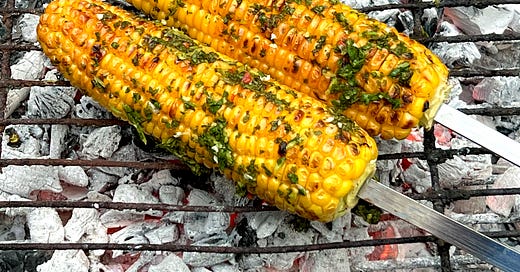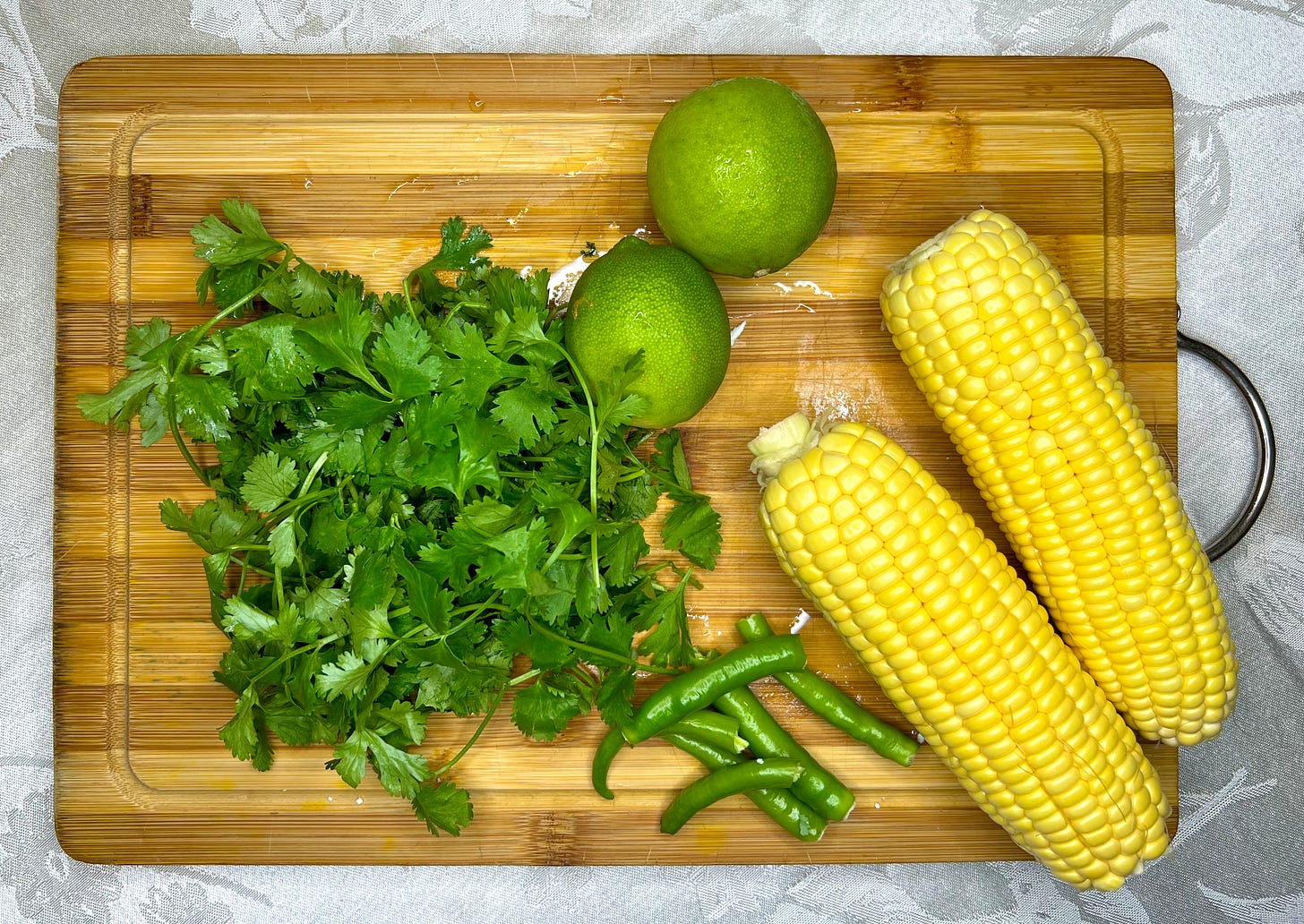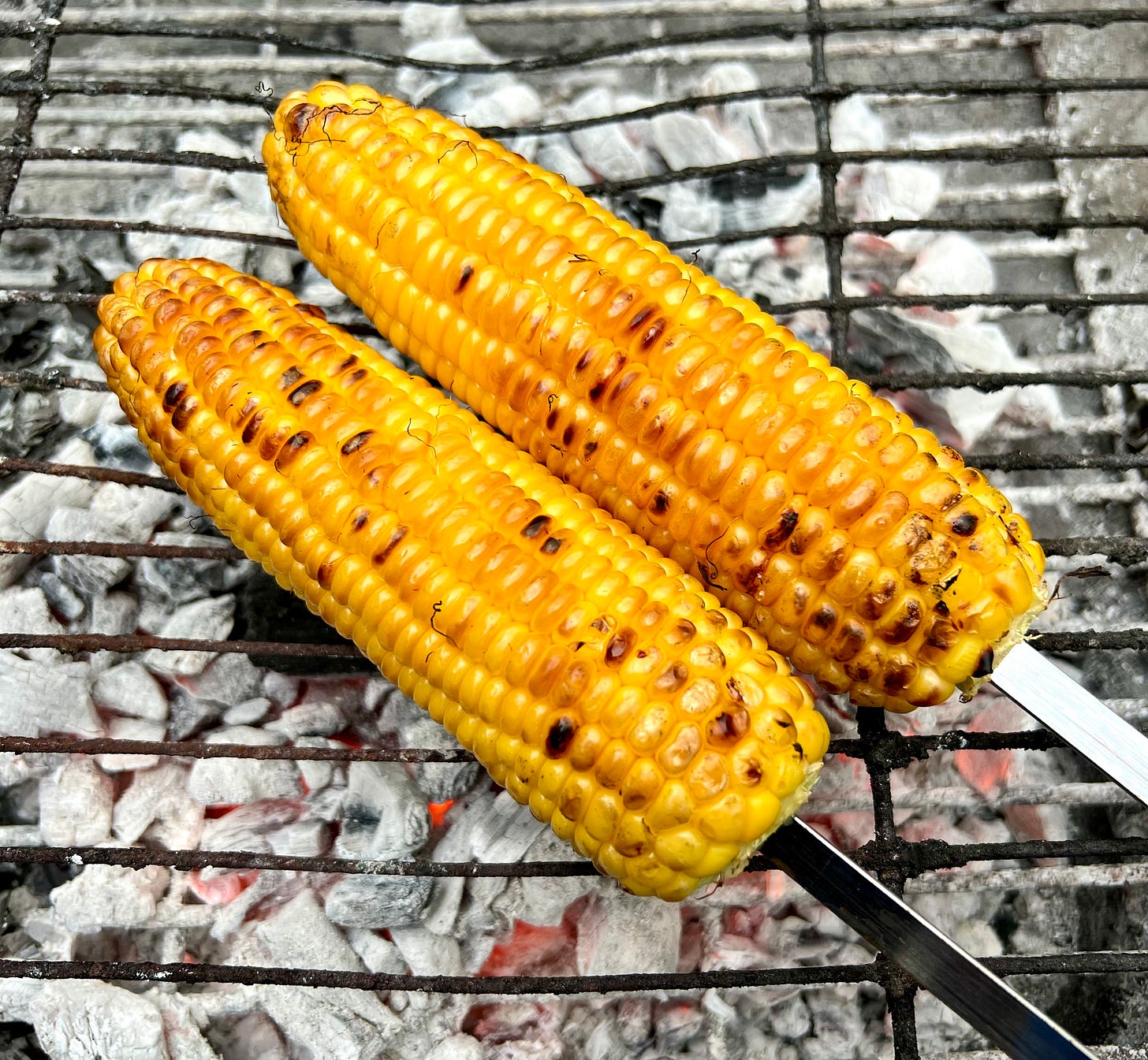First impressions. How often do we make split-second decisions based on first impressions? Decisions about someone’s trustworthiness, about how polite or rude they are, about how likeable or unlikeable they are. And what are these first impressions often based on? Well, body language, tone of voice, intonation, among other things, determine how gracious we deem someone to be.
So how do we define this graciousness?
I remember my mum describing to me some of her initial impressions of the west – she went to Britain for the first time in the 1960s, when she was in her early twenties. People thanked each other all the time, she said. Everyone did. Husbands and wives thanked each other! Friends thanked each other so much. And sometimes so much thanking seemed almost fake. I never understood why they do this so often.
This was my mum’s judgement. Because vocalizations of gratitude, particularly in the India my mum came from, were, and still are, far less frequent. Thanks, instead, are expressed in numerous other ways. A slight smile, or the stereotypical Indian head shake being the most common.
So do we, then, come across as rude and ungracious in other parts of the world?
Early in my graduate student days, I read about a study by John Gumperz, an interactional sociolinguist, one of whose research focuses was on how people from different cultures interact. And a lot of his research focused on how easy it is to miss cultural signals, and label people from other cultures as rude and uncooperative. There was one particular study that he did in the early 1970s, where he described interactions between a group of Indian and Pakistani women cafeteria workers at Heathrow in London, and a group of baggage handlers – mostly British men. And the source of conflict between the two groups of people was that the latter thought the former most rude because of how they served them. Gumperz focused specifically, on the word “gravy.” Now English intonation patterns in traditionally native-speaking countries dictate that when I ask you if you would like some gravy, there must be a rise in my intonation. Gravy? Rising at the end. Well, that’s not how languages work in South Asia, and the women, using their own linguistic patterns, presented the word gravy with a falling intonation contour. Gravy. And that was interpreted as something like “take the damn gravy and get out of here.” Which pissed off the baggage handlers. And the cafeteria workers couldn’t understand the hostility directed toward them.
Now of course, neither side was more right or wrong than the other; the conflict stemmed from the two sides simply not being aware of each other’s patterns of language use. With something as seemingly small and simple as a single word. So. the Indian ladies were labelled ungracious. And these kinds of judgements based on tone or intonation or smiles or expressions of gratitude (or the lack, thereof), of course, still happen.
But we are gracious in so many other ways. We adjust. (Well… maybe not me so much, anymore.) Adjusting. In all the Indian languages I know, there are expressions that show the importance of adapting – adjusting to a new situation. “Adjust maadi,” (please adjust) I often hear when I am in Bangalore, often in situations where I simply don’t want to “adjust” – on a train where I have a berth for an overnight journey, but there are several additional passengers who say they will only be in my compartment for the next couple of hours – “swalpa adjust maadi, madam,” (please adjust a little bit, madam) or standing in line in a too-crowded shop where I have to snuggle the person next to me. I’ve lived outside India too long.
Coming back to language, though, in today’s increasingly globalized society, which groups of people continue to make changes in their language? To adjust? Therein lies the rub. Because despite volumes of research highlighting differences (Gumperz himself had reams) not enough has changed.
And gatekeepers are still gatekeepers.
The world is full of language centers, training centers that focus on eliminating just such differences; training centers that focus on making the speakers of regional varieties of Indian English, for example, sound less Indian; to teach speakers to liberally pepper their language with formulaic idiomatic expressions, change their intonation patterns, adjust their pronunciation, in an attempt to make them sound less Indian; in attempts to help their clientele play the native speaker game.
Why? So that they could sound more polite, more cooperative. More gracious.
But a very specific definition of graciousness, based on, of course, English-speaking cultures. And in the US, some extreme (to me) examples of said graciousness include chain restaurants that train their wait staff to cozy-up to the customers; they sit next to you to chat about the menu or tell you about the day’s specials. All in the name of friendliness and graciousness. No, I don’t want to make love to my server, thank you very much. I’m more comfortable “adjusting” on an Indian train.
Expecting everyone the world over to conform to a certain very culturally-specific idea of graciousness should be absurd in today’s world, shouldn’t it?
Little boxes, little boxes, little boxes, all the same.
And while we continue to change our linguistic (and non-linguistic) patterns to appease the gatekeepers, just as we try to make the language of the gatekeepers our own, our culinary traditions don’t (yet?) fit neatly into little boxes. And this week, I illustrate this with a recipe for roasted corn-on-the-cob. No, not the Western version of grilled corn slathered with butter. An Indian version. And once you’ve had it, you won’t want to go back.
And the reason I have chosen to give you this this week is because over the past week, we’ve had a good amount of rain where I live, in Oman, a country where rain is very rare, and therefore, an absolute treat. And when it rains, one must have either something fried, or butta, roasted corn-on-the-cob. Indian style. Which is what we have today.
And while I have chosen to grill the corn on coals (nothing like a combination of petrichor and smoldering coals, as I have mentioned before), when I lived in the US, I made the same corn on the stovetop countless times. A bit messier, to be sure, but you can grill corn both on an electric stovetop and a gas-burning stove top.
And as with many other recipes I have given you, the ingredients here are suggestions. What you need to spice up the corn is a source of acid (lime, lemon, or tamarind), a source of heat (cayenne, green chillies, red chillies, or some combination thereof), cilantro, and salt. So use anything you have on hand. And enjoy the butta. Takes me right back to rainy school days in Bangalore.
Roasted Butta (corn-on-the-cob)
Ingredients (serves 4)
1. 4 ears of corn
2. ¾ cup of fresh cilantro
3. 2 green or red chillies or more as per your taste
4. 2 Tbsp fresh lime juice
5. 2 Tbsp water
6. 1 tsp salt
Method
1. Blend together the cilantro, chillies, lime juice, water, and salt. Blend as coarse or fine as you like. I like a coarser spice mix on my corn – but you might want a finer sauce to paint the roasted corn with.
2. Roast the corn for about 8-10 minutes on coals (or your stovetop), turning every minute or so.
3. Now smear the sauce all over the roasted corn and continue to roast for an additional minute or two – just so the sauce warms and seeps into the corn.
4. Enjoy the butta hot; you’ll wish you’d made more.







When corn is back in season, totally trying this. On a rainy day, of course. :-)
Yum - will definitely give this a go. I would prefer the 'please adjust' every time too.